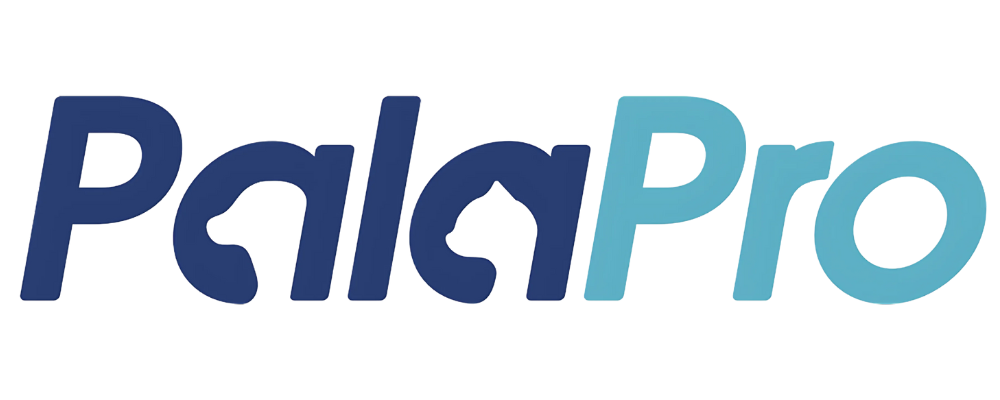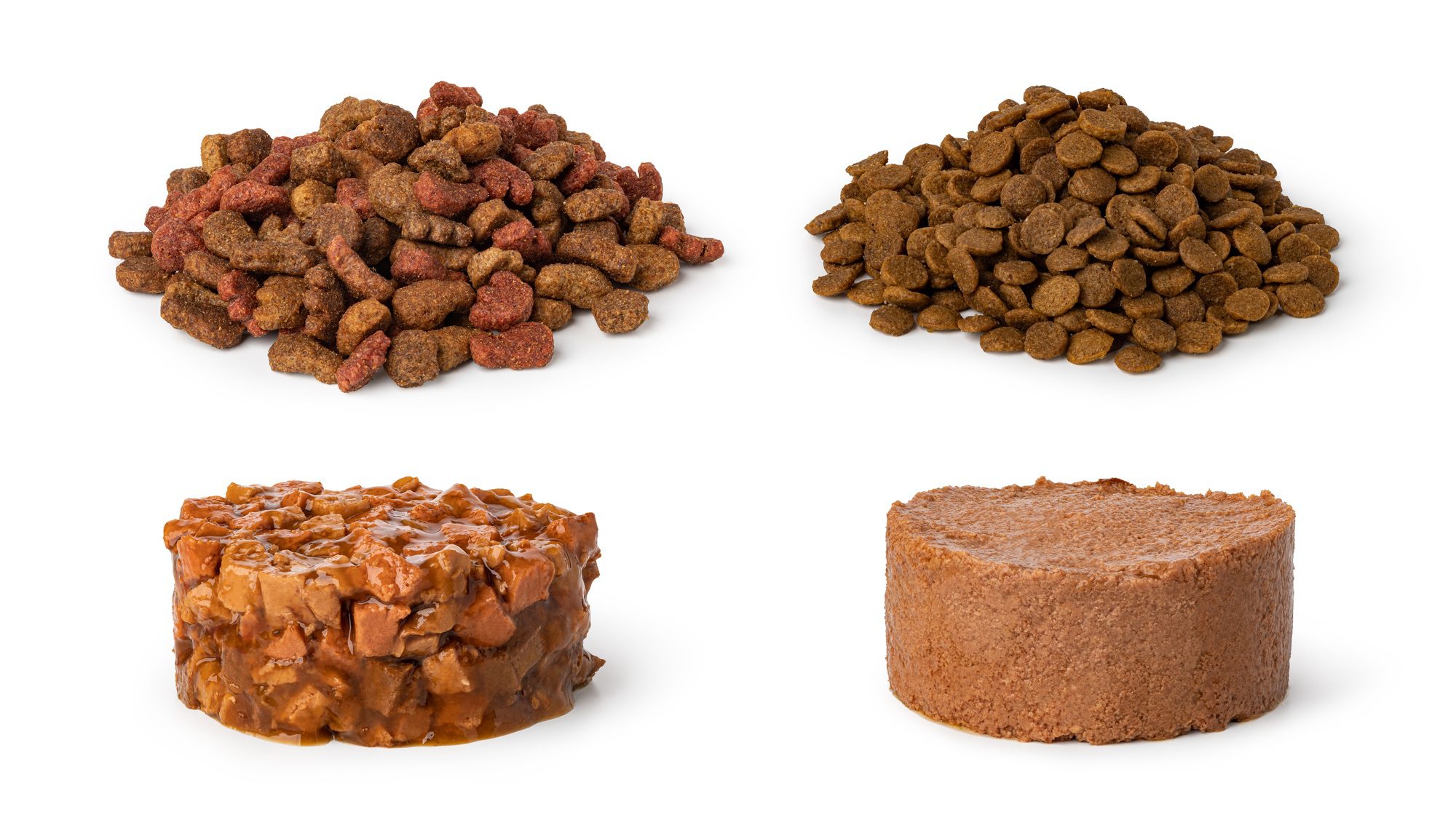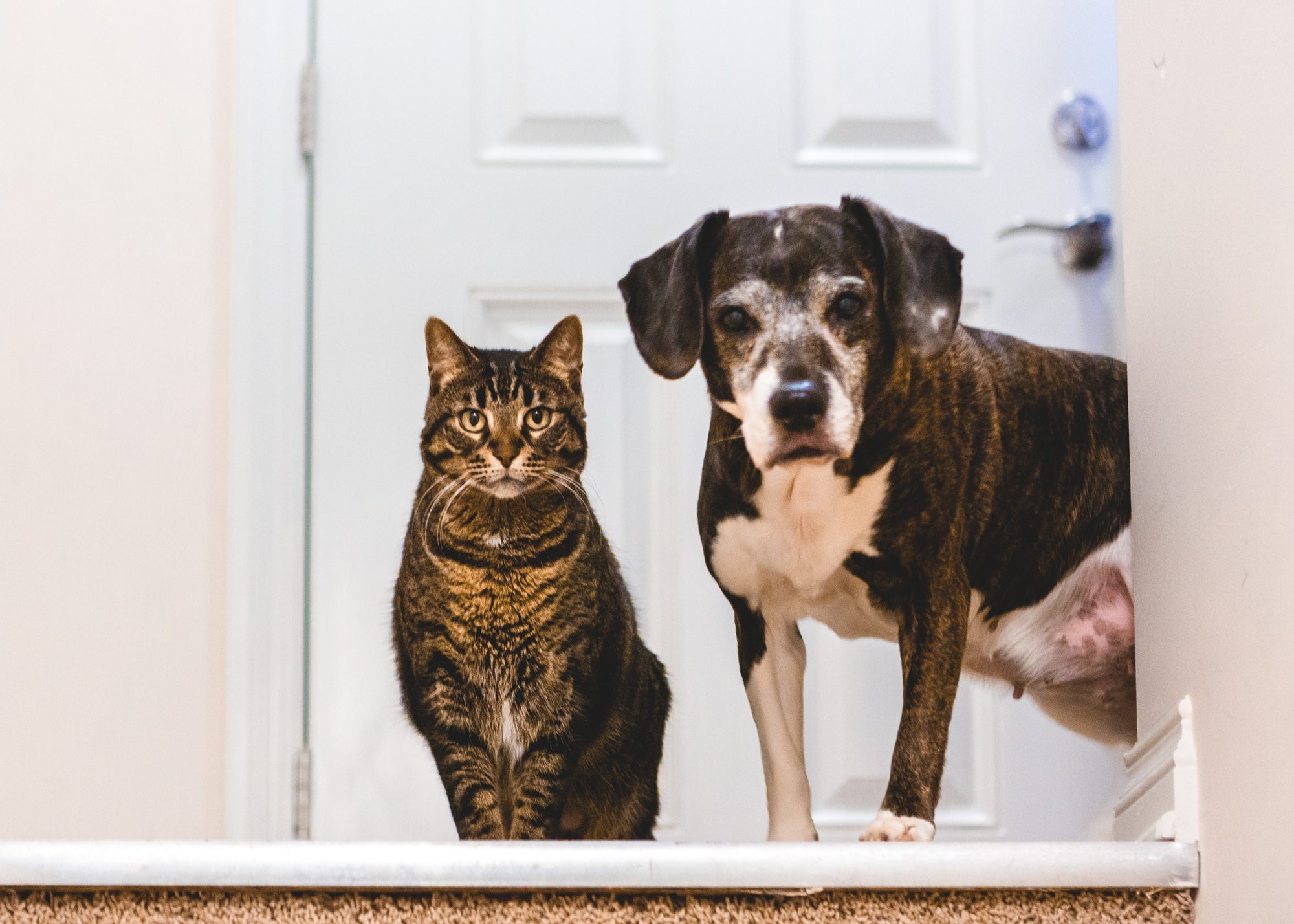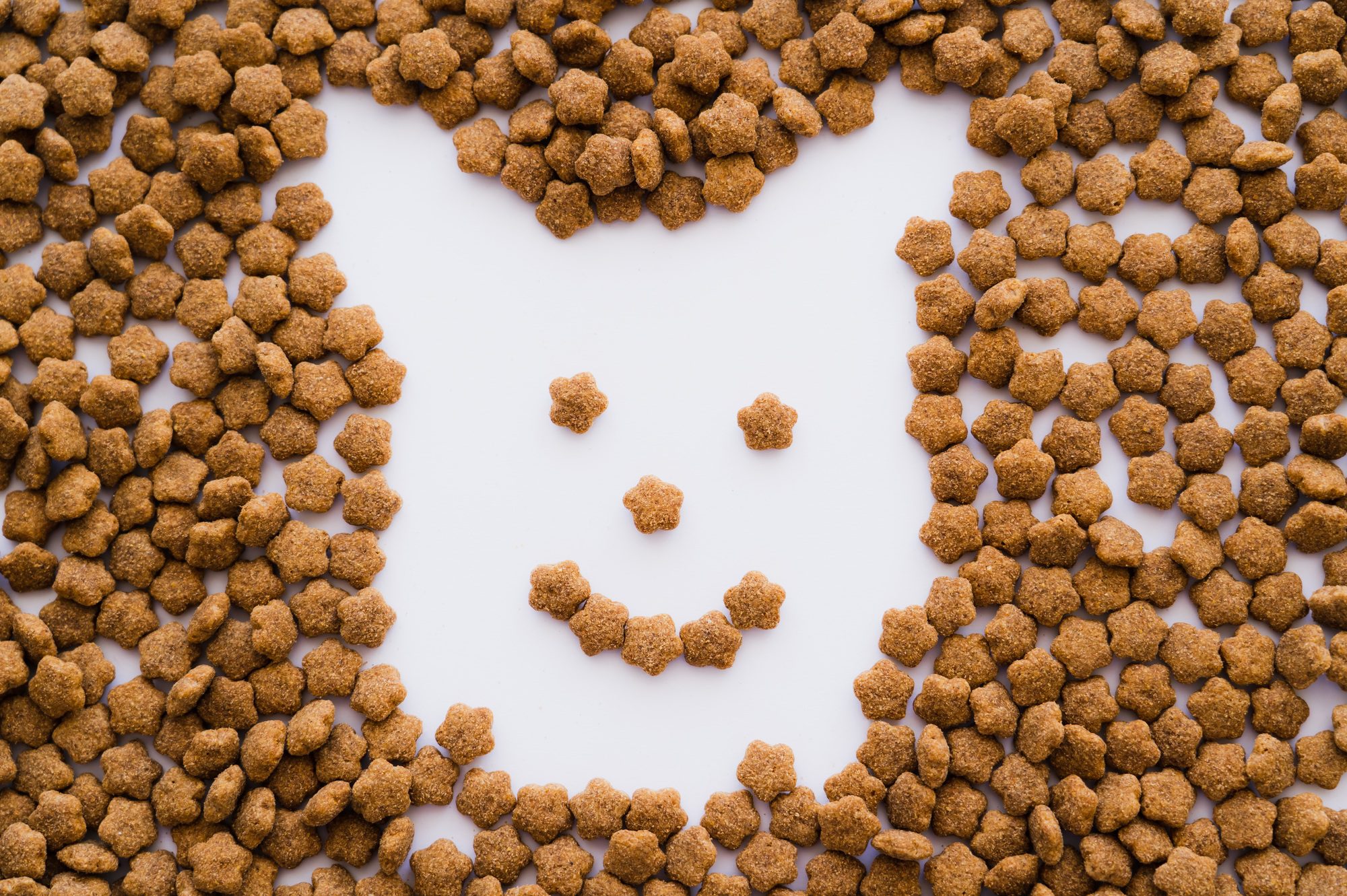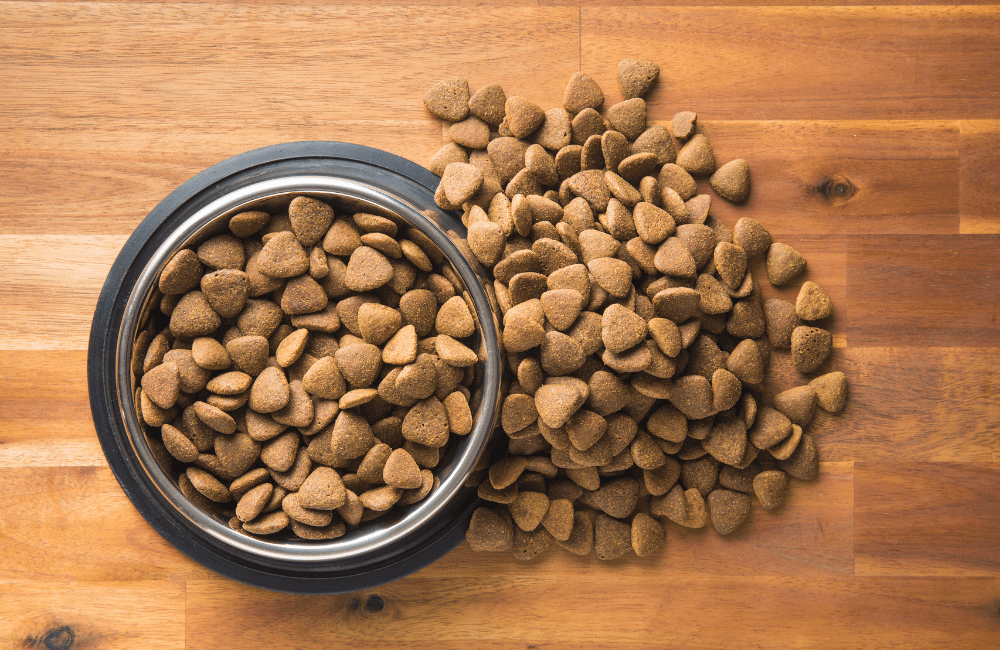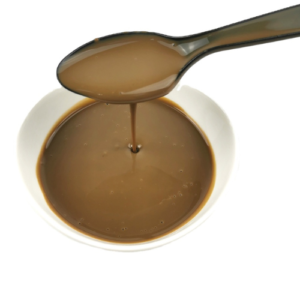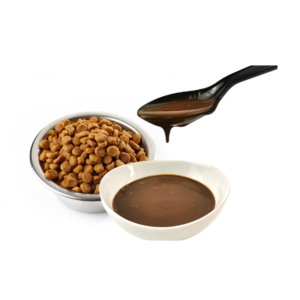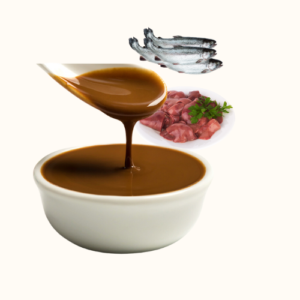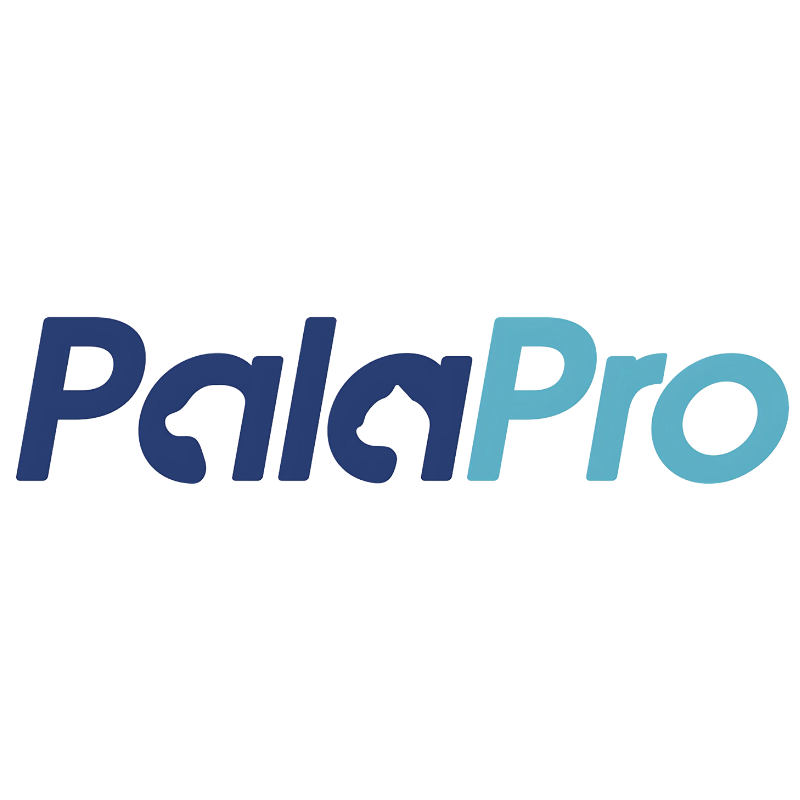Pet Food Packaging Machines
Introduction
The pet food industry is a rapidly growing sector, driven by an increasing number of pet owners who prioritize the health and well-being of their furry companions. As the demand for high-quality pet food rises, so does the need for effective packaging solutions. Packaging plays a crucial role in preserving the freshness and nutritional value of pet food, ensuring product safety, and enhancing shelf appeal. In this blog, we will delve into the world of pet food packaging machines, exploring their types, key features, benefits, and the latest innovations shaping the industry.

Types of Pet Food Packaging Machines
Pet food packaging machines come in various types, each designed to cater to specific packaging needs and product characteristics. Understanding these machines can help businesses choose the right equipment for their production lines.
1. Form-Fill-Seal Machines Form-Fill-Seal (FFS) machines are highly versatile and commonly used in the pet food industry. These machines form the packaging material, fill it with the product, and seal it in a continuous process. FFS machines can handle various packaging formats, including pouches, bags, and sachets, making them ideal for both dry and wet pet foods.
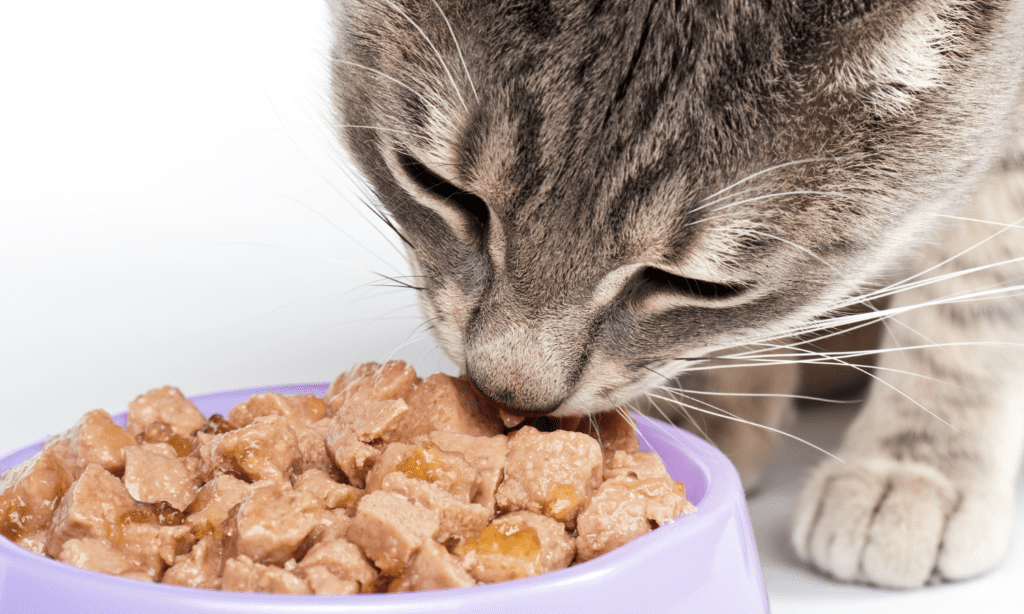
2. Vacuum Packaging Machines Vacuum packaging machines are essential for preserving the freshness and extending the shelf life of pet food. By removing air from the packaging, these machines prevent the growth of bacteria and mold, ensuring that the pet food remains safe and nutritious. Vacuum packaging is particularly beneficial for raw and dehydrated pet foods.
3. Canning Machines Canning machines are used for packaging wet pet food in cans. These machines fill the cans with the product, seal them, and often include a sterilization process to ensure the food remains safe for consumption over extended periods. Canning is a popular choice for wet pet foods due to its ability to maintain product quality and shelf stability.
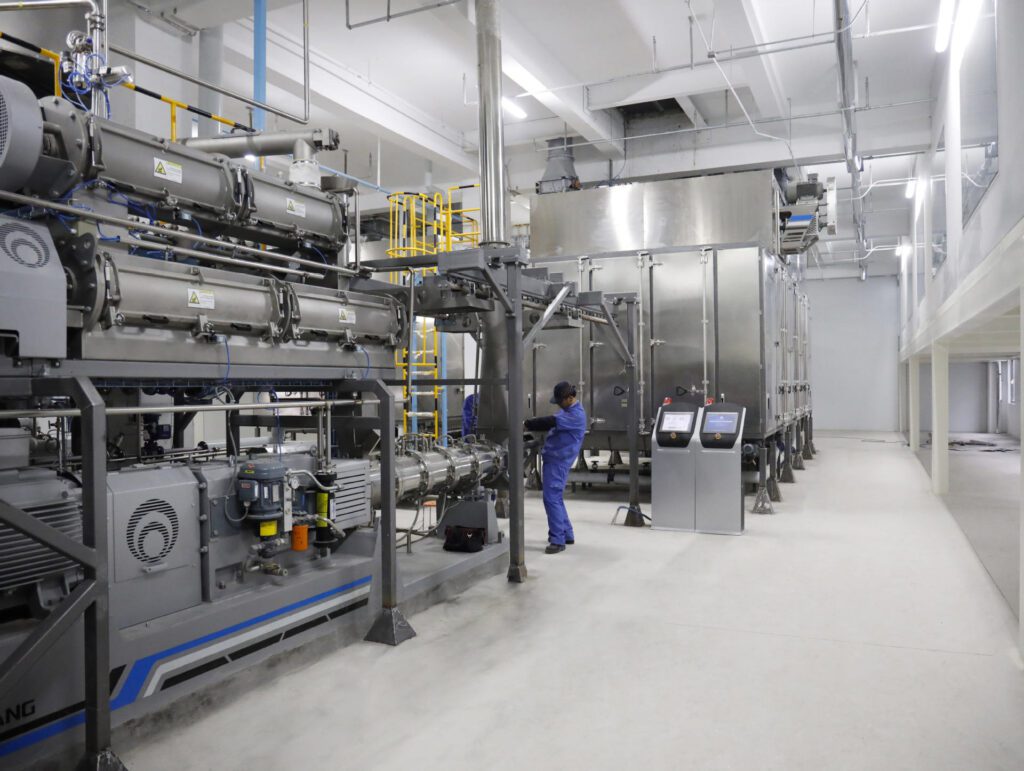
4. Multihead Weighers Multihead weighers are used to ensure precise and consistent portioning of pet food products. These machines use multiple weighing heads to accurately measure the product before it is packaged. Multihead weighers are particularly useful for packaging dry pet foods, such as kibble and treats, where consistency in portion size is crucial.
5. Sealing Machines Sealing machines are used to securely close various types of packaging, including bags, pouches, and trays. These machines can use different sealing methods, such as heat sealing, ultrasonic sealing, and adhesive sealing, to ensure that the packaging is airtight and tamper-proof. Sealing is a critical step in maintaining the integrity and freshness of the pet food.
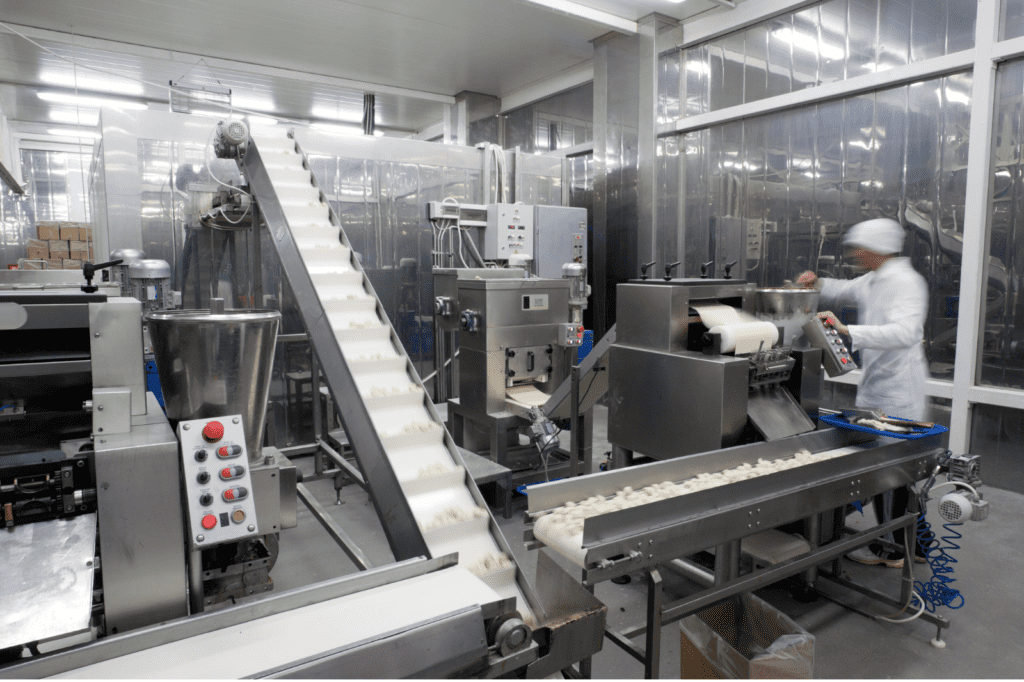
Key Features and Functions
Pet food packaging machines are equipped with several key features and functions designed to enhance efficiency, precision, and safety in the packaging process.
1. Automation and Efficiency Modern pet food packaging machines are highly automated, reducing the need for manual intervention and increasing production speed. Automation ensures consistent packaging quality and minimizes the risk of human error, leading to higher efficiency and productivity.
2. Precision and Consistency Precision is essential in pet food packaging to ensure that each package contains the correct amount of product. Advanced weighing and filling systems integrated into these machines provide accurate measurements, ensuring consistency in portion sizes and reducing product waste.

3. Versatility in Packaging Formats Pet food packaging machines are designed to handle a wide range of packaging formats and materials. This versatility allows manufacturers to offer various packaging options, such as single-serve pouches, resealable bags, and bulk containers, catering to different consumer preferences and market demands.
4. Hygiene and Safety Standards Maintaining hygiene and safety standards is paramount in the pet food industry. Packaging machines are constructed from food-grade materials and designed for easy cleaning and maintenance. Features such as enclosed processing areas and contamination prevention systems help ensure that the packaging process adheres to strict hygiene standards.

Benefits of Using Pet Food Packaging Machines
Investing in pet food packaging machines offers numerous benefits that can significantly impact a business’s operations and product quality.
1. Extended Shelf Life Packaging machines play a crucial role in extending the shelf life of pet food products. By creating airtight and sealed packaging, these machines help preserve the freshness and nutritional value of the food, reducing the risk of spoilage and contamination.
2. Enhanced Product Presentation Well-packaged pet food products are more appealing to consumers. Packaging machines enable manufacturers to create visually attractive and professionally sealed packages that stand out on store shelves. Enhanced product presentation can boost brand image and attract more customers.

3. Reduced Labor Costs Automation in packaging machines reduces the need for manual labor, leading to significant cost savings. By streamlining the packaging process, businesses can allocate their workforce to other critical areas, improving overall operational efficiency.
4. Improved Production Speed Pet food packaging machines are designed for high-speed operation, allowing manufacturers to meet increasing market demands. Faster packaging speeds translate to higher production volumes, enabling businesses to scale their operations and meet consumer needs more effectively.
Innovations and Trends in Pet Food Packaging
The pet food packaging industry is continually evolving, driven by technological advancements and changing consumer preferences. Here are some notable innovations and trends shaping the future of pet food packaging.

1. Sustainable Packaging Solutions Sustainability is a growing concern among consumers and manufacturers alike. There is an increasing demand for eco-friendly packaging materials and solutions that minimize environmental impact. Innovations such as biodegradable packaging, recyclable materials, and reduced plastic usage are gaining traction in the pet food industry.
2. Smart Packaging Technologies Smart packaging technologies, such as QR codes and RFID tags, are being integrated into pet food packaging to enhance product traceability and consumer engagement. These technologies provide valuable information about the product’s origin, ingredients, and expiration date, improving transparency and trust between manufacturers and consumers.
3. Customizable Packaging Options Customization is becoming a key trend in pet food packaging. Manufacturers are offering personalized packaging options that cater to specific dietary needs, pet preferences, and consumer demands. Customizable packaging not only enhances the consumer experience but also allows brands to differentiate themselves in a competitive market.

Choosing the Right Packaging Machine for Your Business
Selecting the appropriate packaging machine for your pet food business involves careful consideration of various factors to ensure it meets your production requirements and budget.
1. Assessing Production Needs Evaluate your production volume and packaging requirements to determine the type and capacity of the packaging machine you need. Consider factors such as the type of pet food, packaging format, and desired output speed.
2. Considering Budget and ROI Investing in a packaging machine is a significant financial decision. Analyze the initial investment, operating costs, and potential return on investment (ROI). Choose a machine that aligns with your budget while offering long-term cost savings and efficiency improvements.
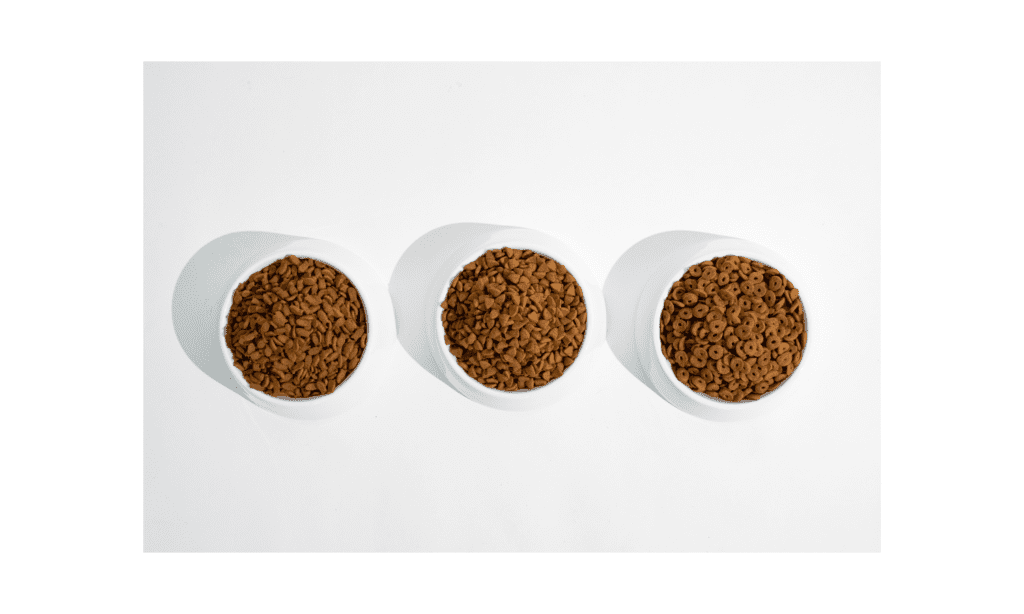
3. Evaluating Machine Features and Specifications Research and compare different packaging machines based on their features, specifications, and compatibility with your product. Look for machines that offer the latest technological advancements, reliability, and ease of maintenance.
Conclusion
Pet food packaging machines play a vital role in the pet food industry, ensuring the quality, safety, and appeal of pet food products. By understanding the types, features, and benefits of these machines, businesses can make informed decisions that enhance their packaging processes and meet consumer demands. As the industry continues to evolve, staying updated with the latest innovations and trends will be crucial for maintaining a competitive edge. Investing in the right packaging machine not only improves operational efficiency but also contributes to the overall success and growth of the pet food business.
